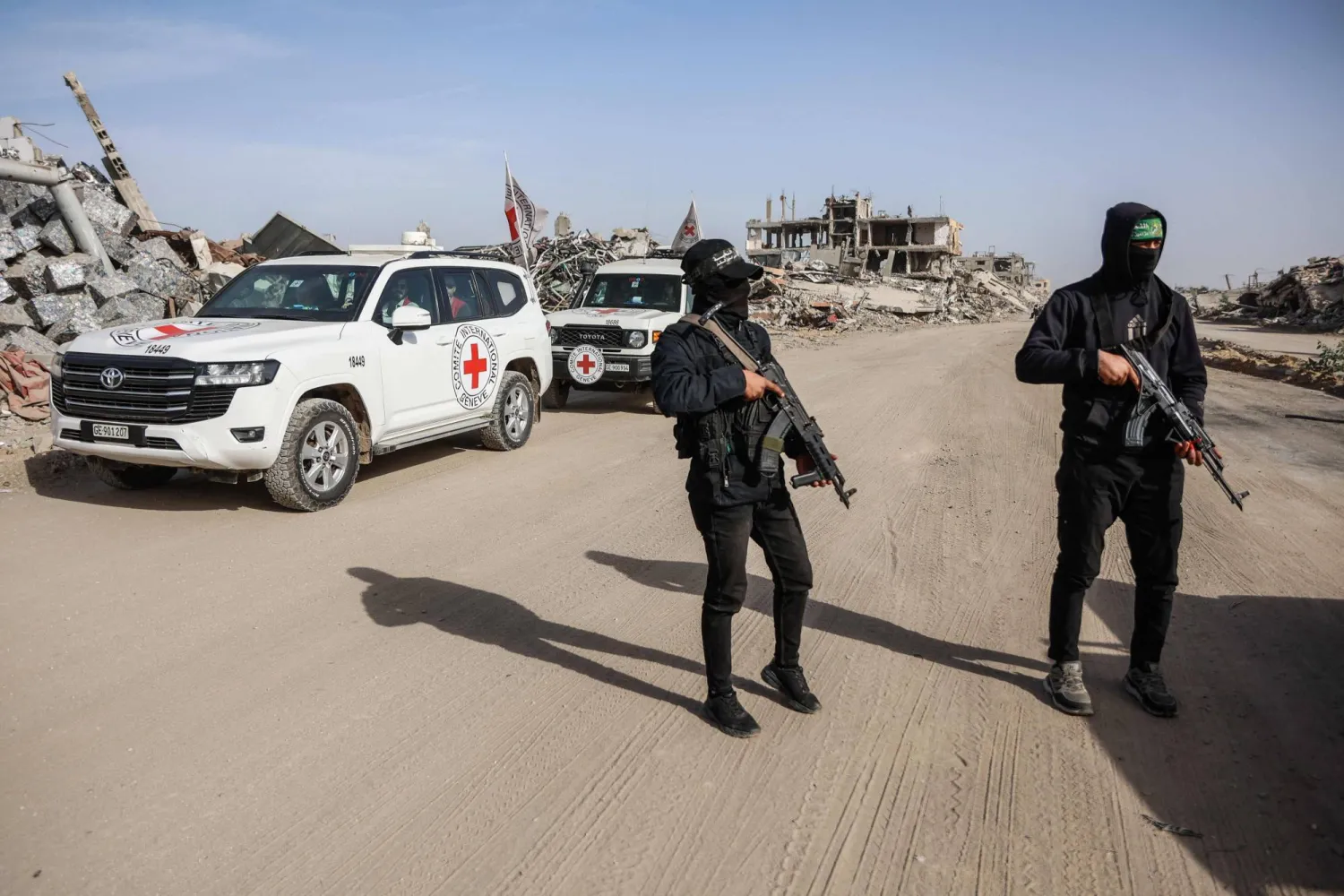Fighting in El Fasher, the capital of Sudan’s Darfur region, has turned into fierce street battles after the Rapid Support Forces (RSF) entered the city following months of siege.
Conflicting reports emerged about the situation, but videos showed the RSF advancing into residential areas near the army’s headquarters.
Witnesses told Asharq Al-Awsat that hundreds of RSF fighters attacked the city from three directions early on Saturday, describing the clashes as the most violent since the start of the siege.
They said bodies of fighters from both sides were scattered on the streets.
The RSF has been pushing to capture El Fasher, the army’s last stronghold in Darfur, after taking control of the region’s other four states.
The army, with support from armed groups and civilians, claimed to have repelled the attack, killing hundreds of RSF fighters and capturing military equipment.
Darfur Governor Minni Arcua Minnawi, who is fighting alongside the army, said El Fasher is defending itself against the RSF, led by Mohamed Hamdan Dagalo, known as “Hemedti.”
Heavy clashes were reported in El Fasher’s northern, eastern, and southern areas, according to the city’s Resistance Committees on Facebook. The group later claimed the attackers had been pushed out and the fighting had ended.
Pro-RSF social media accounts shared videos showing their fighters advancing and capturing army positions, with footage of destroyed military vehicles.
The army’s 6th Infantry Division said its forces were making steady progress and had inflicted significant losses on the RSF, capturing many of their combat vehicles.
The United Nations has warned that hundreds of thousands of lives in El Fasher are at risk due to the ongoing fighting.
Sudan has been in conflict since April 2023, when fighting broke out between the army, led by General Abdel Fattah al-Burhan, and the RSF, commanded by Hemedti.
Sudan’s El Fasher Sees Fiercest Fighting Since Start of City Siege

Thick smoke rises over El Fasher in Darfur following earlier clashes between the army and the Rapid Support Forces (RSF) (DPA).

Sudan’s El Fasher Sees Fiercest Fighting Since Start of City Siege

Thick smoke rises over El Fasher in Darfur following earlier clashes between the army and the Rapid Support Forces (RSF) (DPA).
لم تشترك بعد
انشئ حساباً خاصاً بك لتحصل على أخبار مخصصة لك ولتتمتع بخاصية حفظ المقالات وتتلقى نشراتنا البريدية المتنوعة







